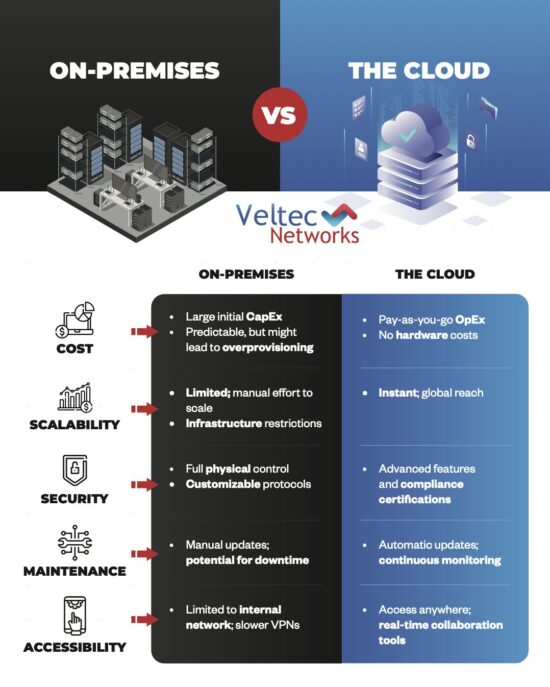IT Spending Is on the Rise: Find Out Why You Need a Tech Budget
IT spending is trending up, and no business can afford to ignore its tech budget. Find out more about IT spending trends and what they mean for your organization.
IT spending is on the rise, and for good reason. According to Gartner, total tech spending globally will reach $3.9 trillion in 2020. That’s a 3.4% increase over the previous year. But what are companies spending on, and do you need to spend too? Find out more below and discover how our San Jose technology network security company can help you get more value out of your tech budget.

IT Spending Expectations for 2020
According to Gartner, the biggest jump in spending from 2019 to 2020 relates to enterprise software, which is expected to account for $503 billion in spending in 2020. That’s a 10.5% increase year over year.
Datacenter systems and devices, which saw a down trend in spending for 2019, are likely to trend up again in 2020. Gartner estimates that these categories will see global spending of $208 billion and $688 billion respectively.
But more than 63% of all global IT spend in 2020 will fall into two other categories. Communications services are expected to get a $1.38 trillion investment from global organizations while spending on IT services will total around $1.08 trillion.
What Does This Mean for Your Business?
IT spending might be enormous on a global scale, but obviously you have to keep the IT budget for your own organization within reason. Lean tech budgets can still cover the important basics, though, and not everyone needs to drop millions on enterprise software when plenty of affordable cloud and Software-as-a-Service options are available. Here are a few areas where businesses of any size should consider allocating IT budget in 2020.
- Cyber security, which isn’t optional for any business. Many SMBs think they’re at lower risk of cyberattacks than conglomerates because they have less data or don’t deal with as much sensitive information. But the truth is that smaller businesses are often under-protected and make easier targets for hackers—which might be why almost half of all attacks target these organizations.
- Data storage and management, which might range from selecting the right cloud solutions to installing in-house servers and related hardware.
- IT support for the business, which can include technical project management to build or upgrade new solutions, implement new software, or assist users with technical troubleshooting. One great thing about IT support is that you don’t have to shoulder the entire burden of this critical resource in-house. An outsourced IT department lets you manage your costs while still providing ample, timely support to business staff.
- IT business continuity, which refers to the ability for staff to access programs, networks, and data with as little downtime as possible. Investing in redundancies and other technical safety nets ensures you can keep helping customers and driving revenues even when unplanned events occur or you need to scale up rapidly.
Ultimately, what needs to be included in your IT budget is unique to your organization. But one thing is true across every industry and business: Failing to allocate resources to IT can cause serious security, productivity, and efficiency issues that impact your bottom line.






